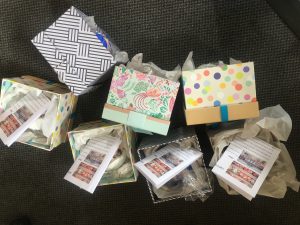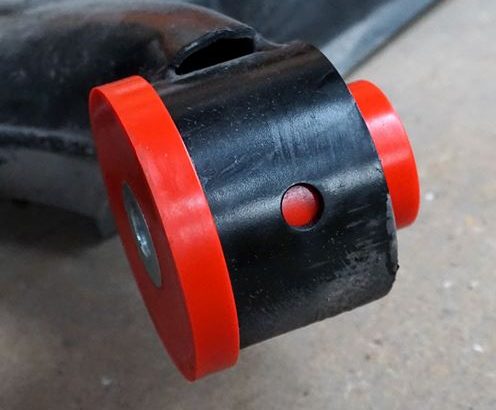What Do You Wish For? Achieve It With A Daruma Doll
Japanese Traditions – we love them, it’s part of JDM Culture!
One interesting cultural tradition, Daruma Dolls, was started and nurtured in Cusco’s home town of Takasaki-City, in Gunma Prefecture. Takasaki is a city northwest of Tokyo.
The 17th Century marked the start of the production of Daruma dolls, created by local farmers in the city of Takasaki. They were originally produced as charms to be blessed by monks, as the farmer’s income depended mainly on luck during harvest seasons.
Daruma Doll
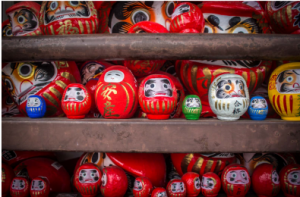
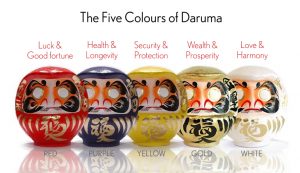
History
The dolls were first made in a temple called Syorinzan Darumaji in Takasak. There is a local warehouse, which specialises in the production of Daruma dolls in the fashion of Daimonya which places great emphasis on the production of new Daruma dolls as well as past traditions.
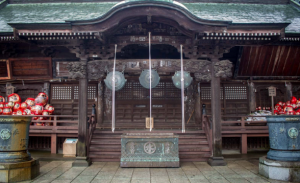
It was originally made from wood by the priest to bring luck to the those in the city during a famine in the eighteenth century.
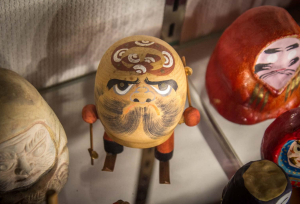
However, the dolls are now made from paper mâché to make them hollow with a weight at the bottom to ensure they stay up. To this day around a hundred farm families still make 2 million of these dolls every year.
Traditionally after New Year’s Day all the Daruma dolls are brought back to their home place of the temple for a traditional burning ceremony; they thank them and express gratitude before setting them alight.
The ritual that these dolls bring for luck allows for the individual who owns a dolls to be reminded of a goal or wish, whenever they see a one eyed doll. This led to a phrase in Japanese “both eyes open”, which is to express the success or realisation of a goal.
The ritual is to paint the left eye on to the doll to make a wish or goal and when the wish comes true or you succeed in achieving your goal you draw the right eye on. Each time you see your one-eyed doll, it should remind and motivate you to achieve your goal. So keep it somewhere prominent. The left eye is first as the left seat in Japanese seating arrangement protocols are seen as being above the right, although, there are no physical rules. Furthermore, there are no rules about where to keep a Daruma doll as originally people enshrined their dolls in their homes on the left side facing the home alter but now houses don’t usually have a home alter so it is no longer a must.
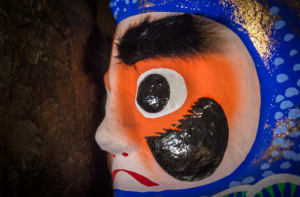
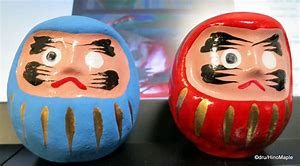
We have been introduced to these dolls through Cusco, one of our special parts suppliers and as we are seen as “Cusco Europe”. They have supplied us with more information around this by telling us about Junichi Nakada who is a traditional craftsman in Gunma Prefecture, Takasaki, he continues to protect the history and tradition of daimonya during the fourth generation.

They produce 70,000 pieces of 22 sizes from 4.5cm to 74cm every year.
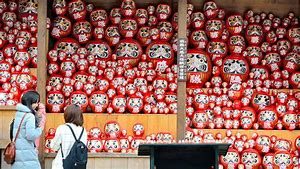
They even have a workshop where you can watch how they paint the daruma dolls and then make a wish. In the workshop your daruma doll is 12 cm tall and you paint the beard and eye. However, they also sell a wide variety to take home to anyone else you wish and they are open an impressive 365 days a year.
At Cusco’s special request, they have produced a Cusco branded Daruma, which we award to our highest achieving Cusco Dealers and Installers. Private customers can buy the dolls for their personal benefit.
https://en.wikipedia.org/wiki/Daruma_doll
We are currently in the process of sending a number of Cusco Daruma dolls to a small selection of our Cusco customers.

